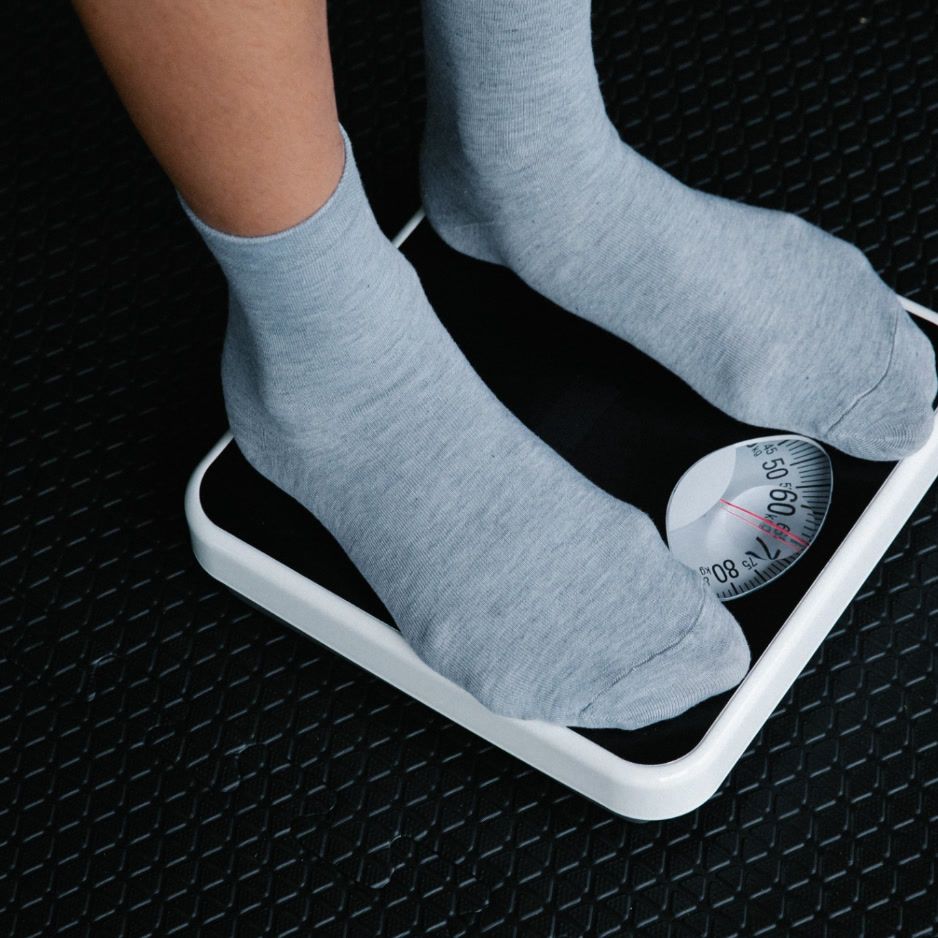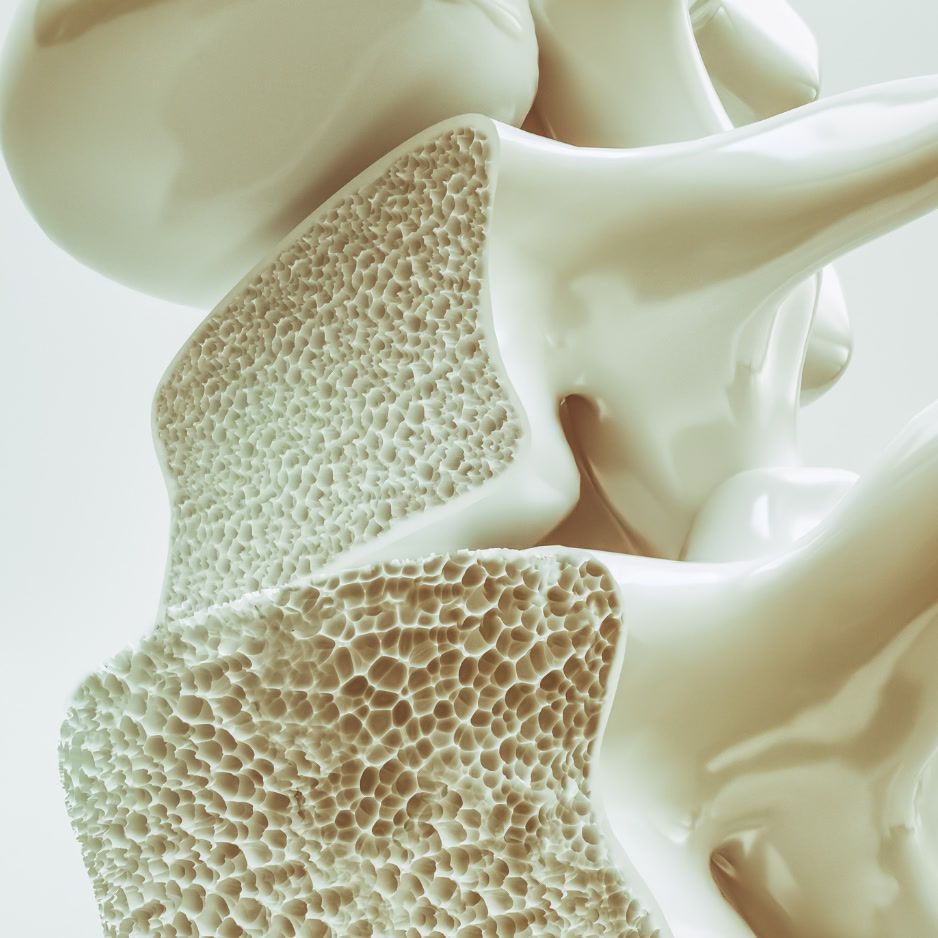9 Best Evidence-Based Natural Herbs for Weight Loss
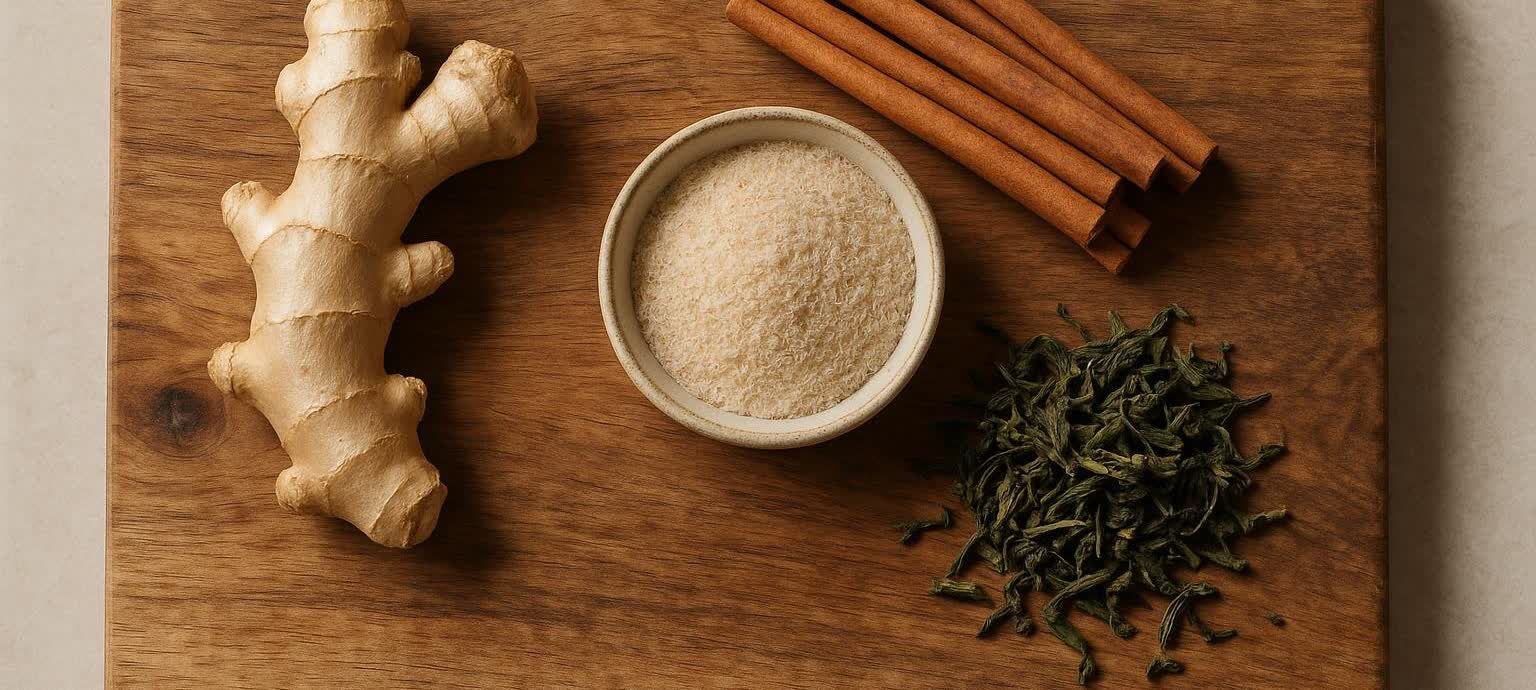
9 Best Natural Herbs for Weight Loss (Evidence-Based)
The best natural herbs for weight loss aren’t quick fixes—but used strategically, they can complement your nutrition and training by supporting satiety, digestion, and metabolic health.
This guide focuses on options backed by human data, realistic effect sizes, and clear safety guidance. To ensure progress is real fat loss—not just water shifts—use accurate measurements like waist circumference and periodic DEXA scans.
Key takeaways
- Herbs offer modest support (≈1–3 lb over 8–12 weeks) alongside diet and exercise.
- Fiber-first picks (psyllium, glucomannan) have the strongest evidence for satiety and small weight/waist reductions.
- High-dose green tea extract raises liver risk; brewed tea is safer.
- Verify progress with DEXA scans to track fat, muscle, and visceral fat.
What to expect (and how to measure it)
- Typical effect size: 0.5–1.5 kg (1–3 lb) over 8–12 weeks for most options below. Some fiber supplements may also trim 1–2 cm from waist circumference.
- Timeframe: Most trials run 8–12 weeks; reassess quarterly.
- How to verify:
- Measure your waist correctly and repeat under similar conditions each time (step-by-step guide).
- Track body measurements beyond the scale (how to take body measurements for weight loss).
- Confirm body fat vs. lean mass changes with a DEXA scan.
- Hit your daily fiber target for weight loss to amplify satiety.
1) Psyllium husk (best all-around for satiety)
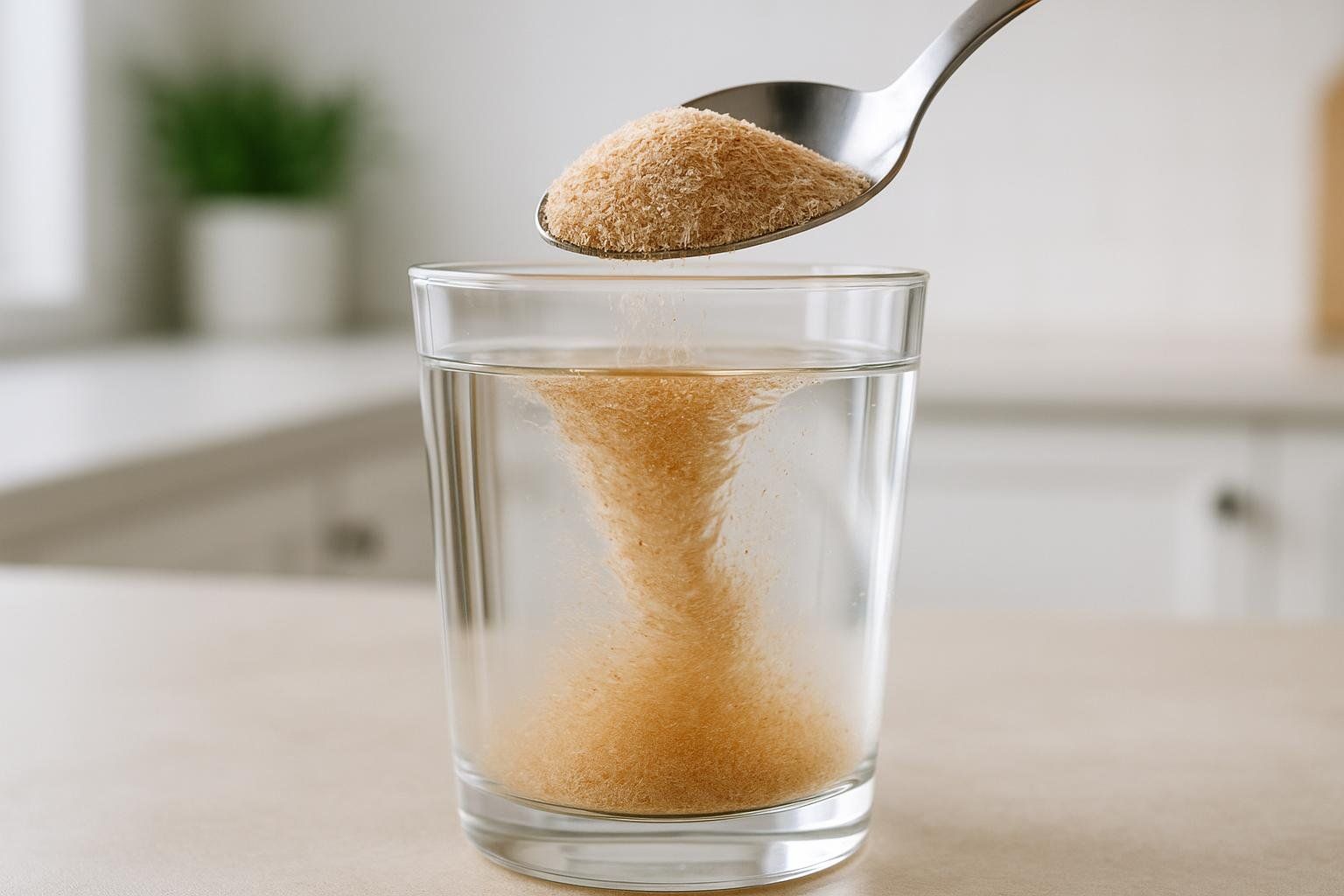
- Evidence: A 2023 meta-analysis of randomized controlled trials in overweight/obese adults found psyllium (mean 10.8 g/day, split before meals for ~ 5 months) reduced body weight (~ 2.1 kg), BMI (~ 0.8 kg/m²), and waist (~ 2.2 cm) versus control.
- Dose: 5–6 g/day to start; titrate toward 10–12 g/day in divided doses before meals. Drink at least 8–16 oz water with each dose.
- Safety: Start low to reduce gas/bloating. Take medications at least 2 hours apart to avoid binding in the gut. Do not take dry; always mix with sufficient water.
2) Glucomannan (konjac)
- Evidence: The European Food Safety Authority supports a weight-reduction claim for glucomannan at ≥3 g/day in three divided doses with an energy-restricted diet, though a well-controlled 2014 RCT in overweight adults showed no added weight loss over 8 weeks.
- Dose: 1 g with 8–12 oz water, 30–60 minutes before each of 3 meals (total 3 g/day).
- Safety: Serious choking risk if taken with insufficient water; avoid “jelly mini-cups” and ensure capsules are swallowed with plenty of water (EFSA safety opinion on konjac products). Separate from medications by 2 hours.
3) Ginger
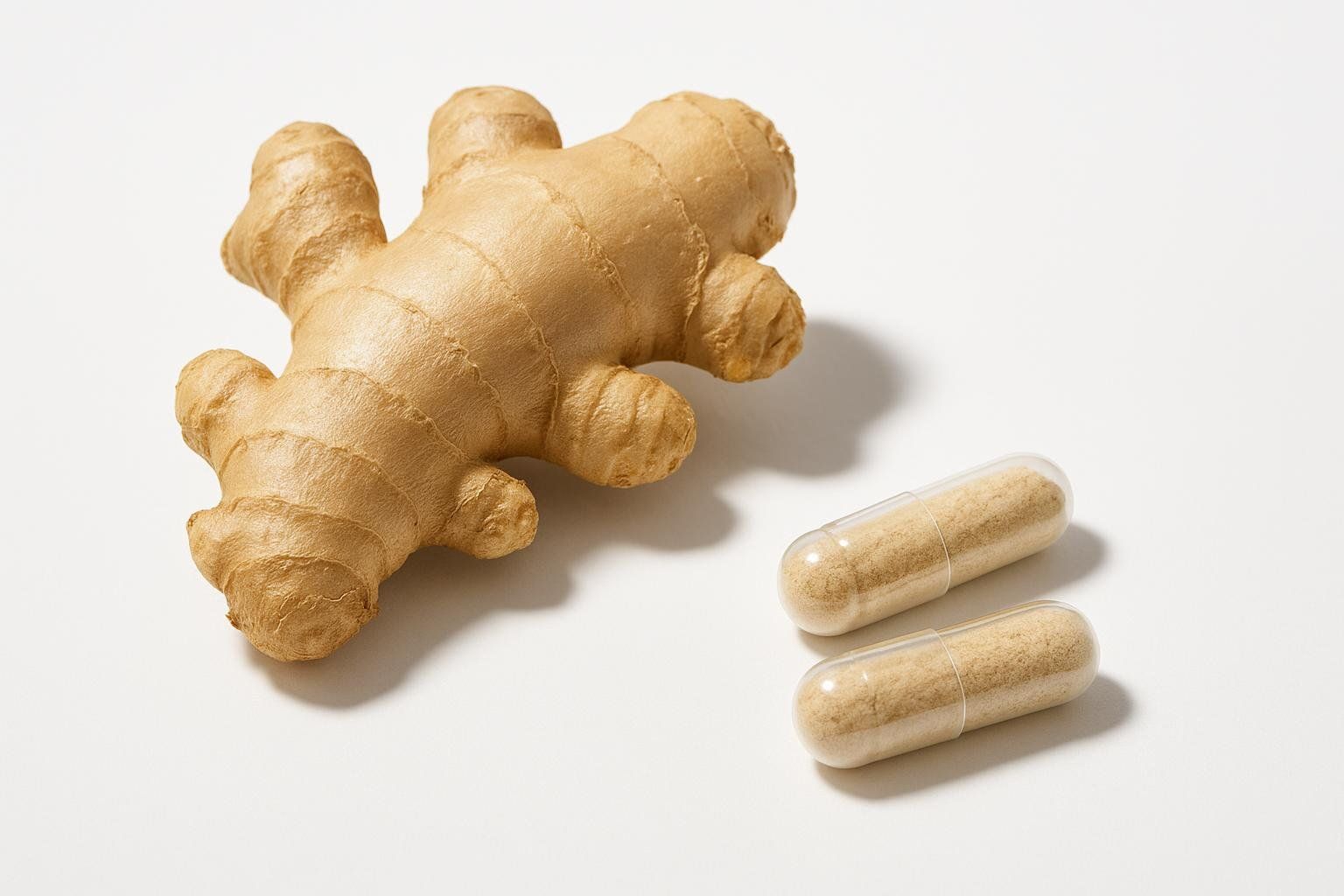
- Evidence: A 2024 systematic review and meta-analysis of 27 RCTs shows ginger reduces body weight (~ 1.52 kg), BMI (~ 0.58 kg/m²), waist (~ 1.0 cm), and body fat% (~ 0.9%) with effective doses around 2 g/day for >8 weeks; this is consistent with a 2019 meta-analysis in overweight/obese cohorts.
- Dose: 1.5–2.0 g/day powdered ginger (capsules) with meals.
- Safety: May interact with anticoagulants/antiplatelets; can cause heartburn or reflux—reduce dose or take with food if sensitive.
4) Cinnamon
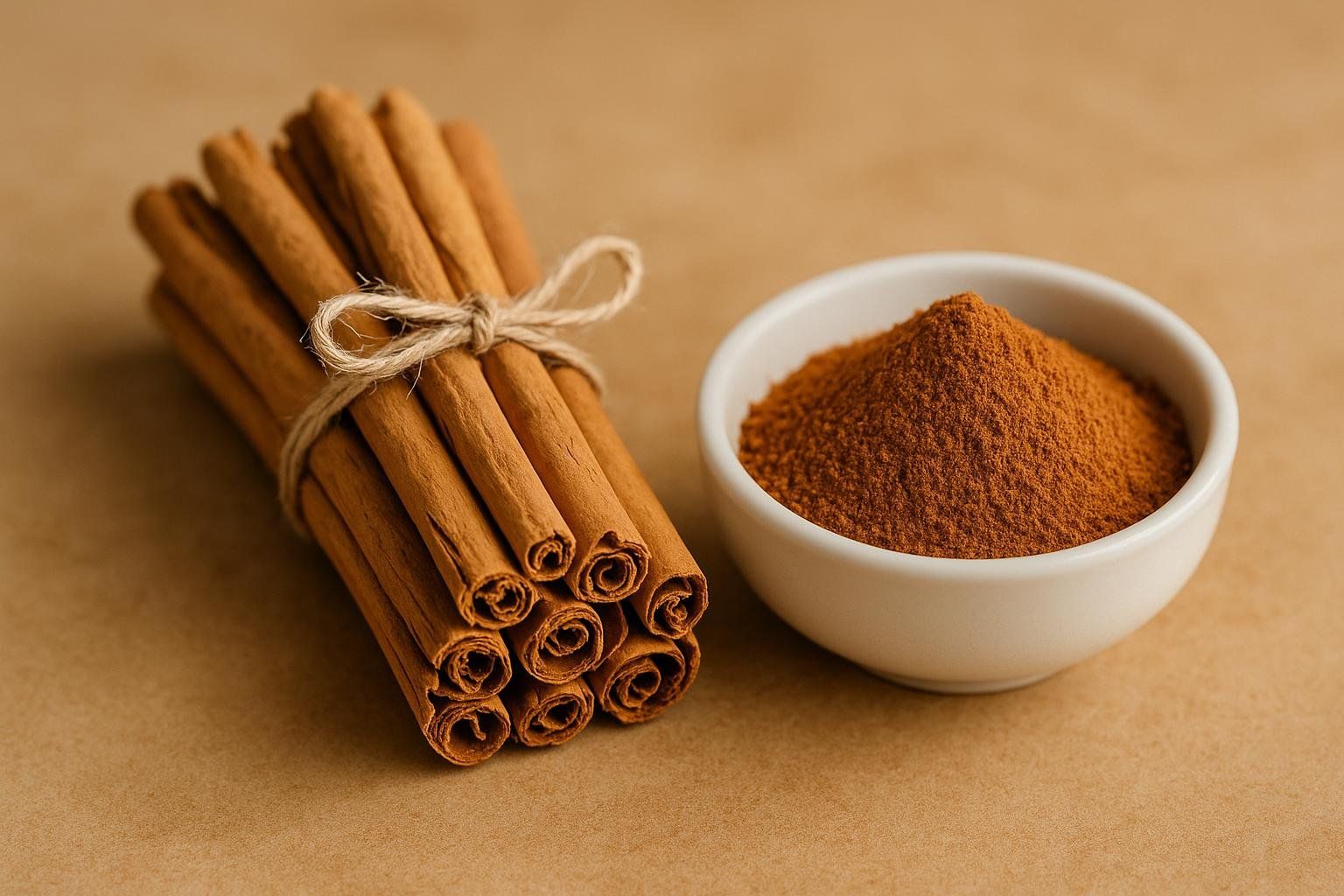
- Evidence: A 2020 systematic review and meta-analysis indicates small but significant reductions in body weight (~ 0.9 kg) and BMI (~ 0.4 kg/m²), with mixed effects on waist. Safety overviews note coumarin-related liver concerns with high Cassia intake (umbrella review of cinnamon safety).
- Dose: 1–3 g/day in divided doses. Prefer Ceylon (C. verum) to minimize coumarin exposure.
- Safety: Monitor total intake to keep coumarin within tolerable limits if you use Cassia; consult your clinician if you use Cassia regularly, have pre-existing liver conditions, or take medications that affect the liver.
5) Yerba mate
- Evidence: A 12‑week randomized, placebo-controlled trial (3 g/day) found yerba mate lowered body fat mass, body fat%, and waist-hip ratio vs. placebo without major adverse events.
- Dose: The RCT used 3 g/day in capsules. For tea, a direct equivalent isn’t established; as a practical starting point, 1–2 cups/day is moderate. A typical 8 oz cup provides ~30–50 mg caffeine, but this varies by brand and brew strength.
- Safety: Long-term, heavy intake (about 1–2 liters daily) has been linked to increased risk of certain cancers; risk may be higher with smoking or regular alcohol use. Avoid very hot temperatures and limit total daily intake; caffeine side effects include jitters and insomnia (Mayo Clinic overview).
6) Capsaicin/capsinoids (chili pepper extracts)
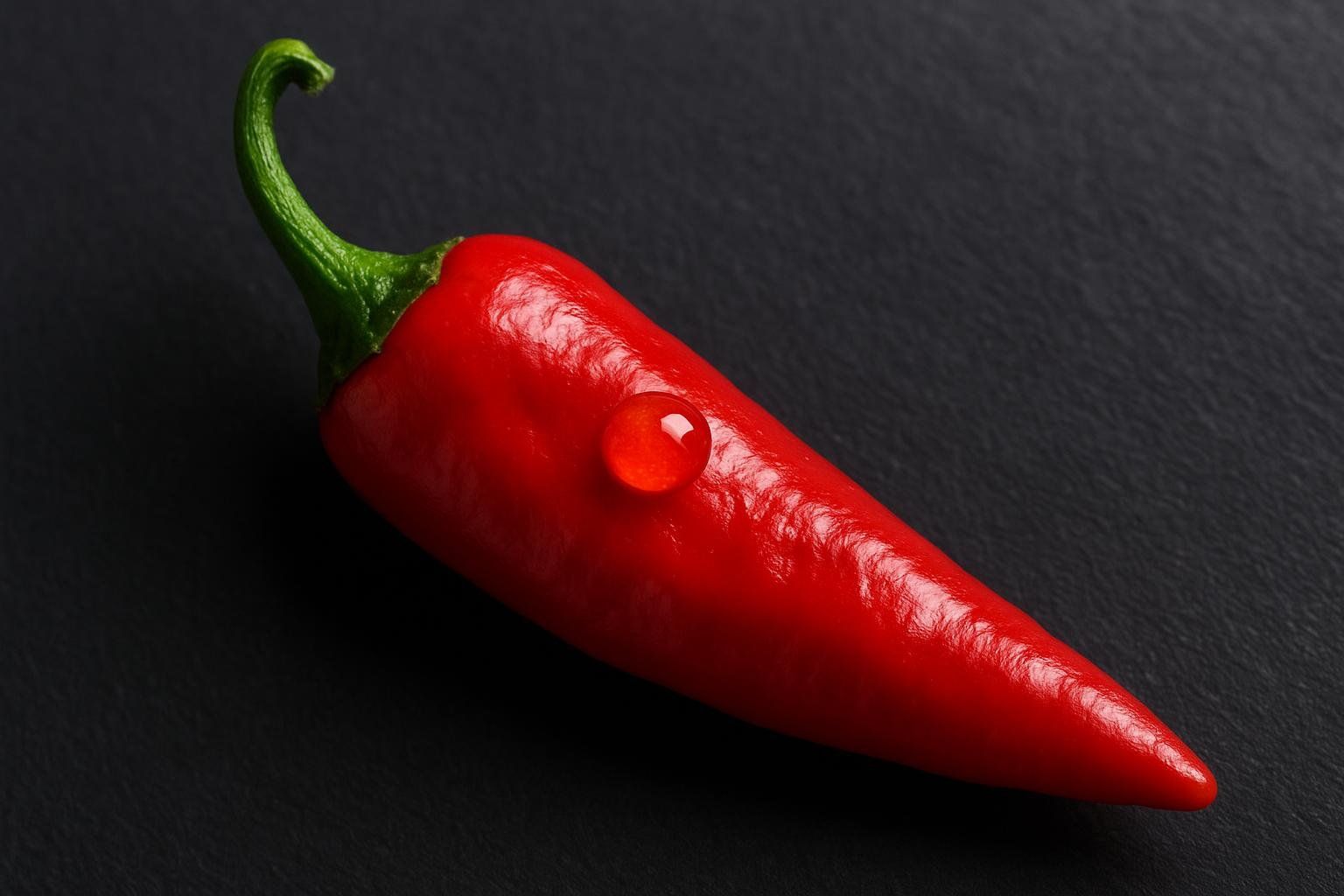
- Evidence: Human data show modest increases in energy expenditure and fat oxidation and small reductions in energy intake, but overall effects on weight are minor and not sustained (2022 narrative review on capsaicin and weight control).
- Dose: Protocols vary; some studies use ~2 mg capsaicin with meals.
- Safety: Common GI irritation (burning, reflux). Avoid if you have GERD or GI sensitivity.
7) Berberine
- Evidence: Systematic reviews and emerging RCTs suggest small reductions in body weight, BMI, and waist circumference, along with improvements in glycemic and lipid markers (2024 review of clinical and mechanistic evidence). Mechanisms may include AMPK activation and gut microbiome modulation.
- Dose: Common clinical dosing is 500 mg, 2–3 times daily before meals for 8–12 weeks.
- Safety: Can cause GI upset; potential drug interactions (e.g., statins, anticoagulants, CYP‑metabolized meds). Not for pregnancy/breastfeeding. NCCIH notes possible weight effects but emphasizes interaction risks and populations who should avoid berberine (NCCIH overview).
8) Garlic
- Evidence: A 2019 systematic review and meta-analysis shows a small reduction in waist circumference (~1.1 cm) without significant changes in weight/BMI. A 2022 double-blind RCT in obese women used 400 mg tablets with a low-calorie diet and observed favorable metabolic and microbiome shifts.
- Dose: Standardized dried garlic powder supplements in trials typically range from ~400–1,200 mg/day; follow product directions and the specific standardization used.
- Safety: May increase bleeding risk with anticoagulants/antiplatelets; GI upset and odor possible. Consult your surgeon before use if you have a planned surgery, as it may increase bleeding risk. For broader safety guidance, see NCCIH’s garlic fact sheet.
9) Nigella sativa (black seed)
- Evidence: Overviews of meta-analyses report modest reductions in body weight and BMI, but overall methodological quality is low and evidence certainty is low to very low (overview of meta-analyses).
- Dose: Trials have used a wide range (≈0.5–6 g/day) across seed powder and oils, with common dosages in trials ranging from ~1–3 g/day (overview of meta-analyses).
- Safety: Appears to be well tolerated in short-term studies; potential interactions with antihypertensives or antidiabetics—monitor blood pressure and glucose if you use related medications.
Herbs with mixed or minimal evidence (use caution)
Green tea extract (high liver risk, mixed evidence)
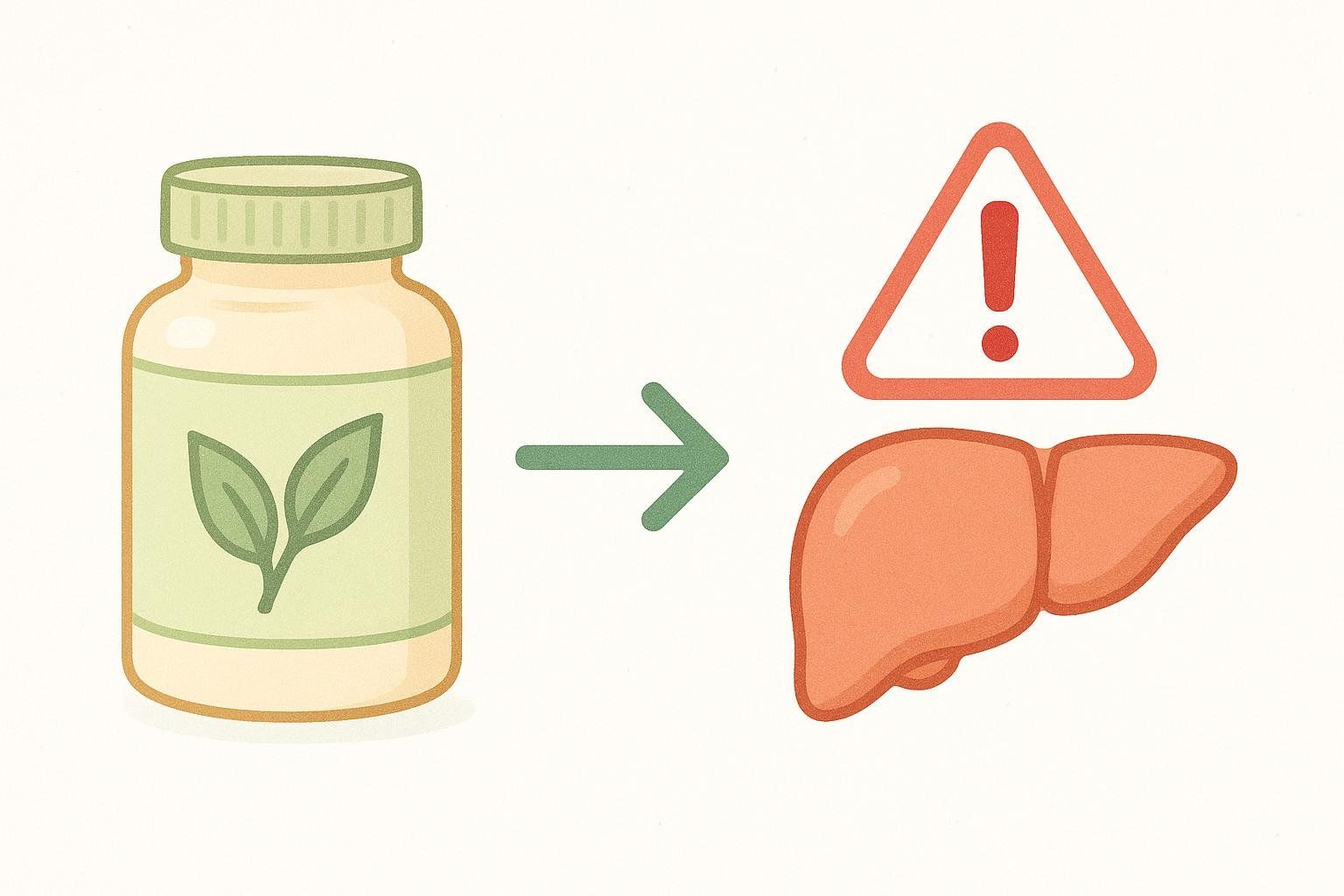
- Evidence: A Cochrane systematic review in overweight/obese adults found small, statistically non‑significant weight changes overall. The European Food Safety Authority (EFSA) notes that supplement doses at or above 800 mg EGCG/day are associated with elevated liver enzymes, and the U.S. Pharmacopeia (USP) has added cautionary labeling to its green tea extract monograph. Health Canada has also strengthened cautionary statements on green tea extract products.
- Dose: Follow supplement label instructions; given EFSA’s findings, avoid formulations that deliver 800 mg/day EGCG or more.
- Safety: EFSA and USP advise taking green tea extract with food and stopping use if symptoms of liver trouble occur; Health Canada advises products be labeled for adult use and include warnings about rare, unpredictable liver injury.
Caralluma fimbriata (ineffective in trials)
- Evidence: A 12‑week randomized, single-blind, placebo‑controlled trial using 1 g/day found no significant effects on weight, BMI, or appetite vs. placebo.
- Dose: 500 mg twice daily (1 g/day) in the cited RCT.
- Safety: Generally well tolerated in trials; mild GI or sleep‑related effects reported.
Garcinia cambogia (minimal effect, safety concerns)
- Evidence: A meta-analysis of randomized trials shows a very small short‑term effect (~0.9 kg) with more GI side effects; clinical relevance is uncertain. There are case reports of liver injury in multi‑ingredient products (USP expert panel review).
- Dose: Varies widely by product and trial; no standardized effective dose established.
- Safety: GI upset is more common than placebo in some trials; avoid multi‑ingredient “fat burner” blends due to unclear causality in liver injury case reports.
How to build a simple, safe herb stack (8–12 weeks)
Always consult your healthcare provider before combining supplements to review potential interactions and ensure the stack is safe for you.
Good starting point for most adults without conflicting health conditions:
- Psyllium husk: 3–4 g 15–30 min before lunch and dinner (6–8 g/day).
- Ginger: 500–1,000 mg with breakfast and dinner (≈1–2 g/day).
- Optional add-ons by goal:
- Higher satiety: Add glucomannan 1 g before each main meal (total 3 g/day).
- Metabolic support: Consider cinnamon 1–3 g/day with meals.
- Caffeine-friendly: Yerba mate tea (1–2 cups/day) or 500–1,000 mg capsule equivalent earlier in the day.
What to monitor
- Weekly: Body weight average, appetite, GI tolerance, energy.
- Biweekly: Waist circumference.
- Every 8–12 weeks: DEXA scan to check fat mass vs. lean mass; adjust doses or choices accordingly.
When to stop a supplement and see a doctor
Stop the supplement and seek medical care immediately if you develop any of the following:
- Signs of liver problems (especially on green tea extract): dark urine, yellowing of the eyes/skin, right-upper-quadrant pain, severe fatigue.
- Allergic reactions (rash, swelling, trouble breathing) or persistent GI distress (vomiting, severe abdominal pain).
- Lightheadedness, dizziness, or unusual weakness (possible low blood pressure or low glucose), particularly if you take related medications.
Frequently Asked Questions
Are herbs enough to lose weight?
No. Think of herbs as “assistants,” not the main act. Diet quality, protein intake, fiber, sleep, and activity drive the majority of results—start by setting a calorie target with our weight loss calculator, then dial in protein, prioritize sleep, and follow a balanced training plan.
What time of day should I take these?
- Fibers (psyllium, glucomannan): 15–60 min before meals with plenty of water.
- Ginger/cinnamon: With meals to minimize GI upset.
- Yerba mate/capsaicin: Earlier in the day to avoid sleep disruption.
- Berberine: Before main meals.
Can I take multiple herbs together?
Often yes, but start one at a time to gauge tolerance. Watch for additive effects (e.g., on blood sugar or bleeding risk) and potential drug interactions, particularly with herbs like berberine, garlic, and ginger.
How should I choose quality supplements?
- Prefer third-party tested products (USP, NSF, Informed Choice).
- Avoid proprietary blends that hide dosages.
- For green tea, favor brewed tea or low-EGCG extracts with clear EGCG labeling and take with food.
The Bottom Line
- The best natural herbs for weight loss with the strongest supporting evidence are fiber-focused: psyllium and glucomannan.
- Ginger and cinnamon add small but meaningful support. Yerba mate, berberine, and capsaicin may help certain people.
- Garlic and Nigella sativa offer modest benefits mainly through metabolic improvements.
- Green tea currently has mixed evidence for weight effects; green tea extract carries a liver risk at high EGCG doses.
- Track what matters: Use waist measurements and BodySpec DEXA scans to confirm you’re losing fat while preserving muscle.
